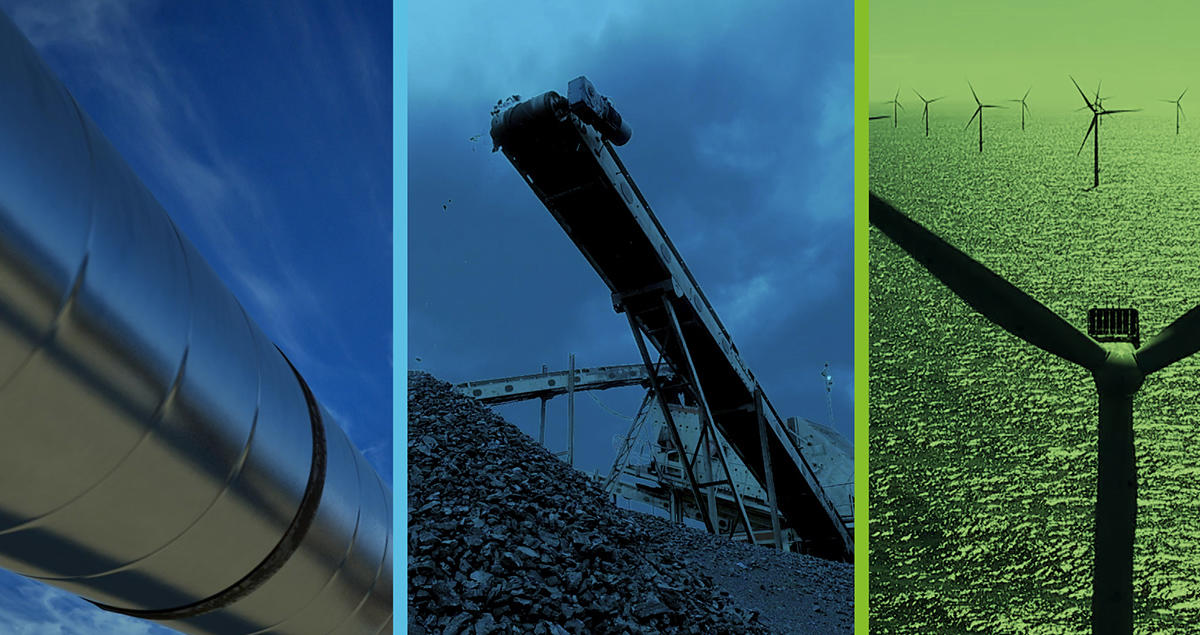What are the three colors of hydrogen

This article has been updated in 2021.
Hydrogen is one of the fuels of the future: over 30 countries had released hydrogen road maps by the end of 2021, $70 billion of public funding had been committed and the energy industry had announced over 200 projects to invest some $300 billion through 2030, notes McKinsey.
Apart from its usage in the power sector, it’s also a fuel of choice for industries looking to decarbonize. But not all hydrogen is created the same. Although the gas only emits water when burned, its contribution to achieving net zero emissions by 2050 depends on how it is produced.
This video looks at the three different types of hydrogen – gray, blue and green – and examines their environmental credentials.
Gray hydrogen is made using fossil fuels like natural gas, oil and coal, which emit CO2 into the air as they combust. The blue variety is made in the same way, but carbon capture (actually CO₂ capture) technologies prevent CO2 being released, enabling the captured CO₂ to be safely stored deep underground or utilized in industrial processes.
As its name suggests, green hydrogen is the cleanest variety, producing zero carbon emissions. It is produced using electrolysis powered by renewable energy, like offshore wind, to produce a clean and sustainable fuel.
Learn more about the opportunities that hydrogen offers Download our free eBook.




